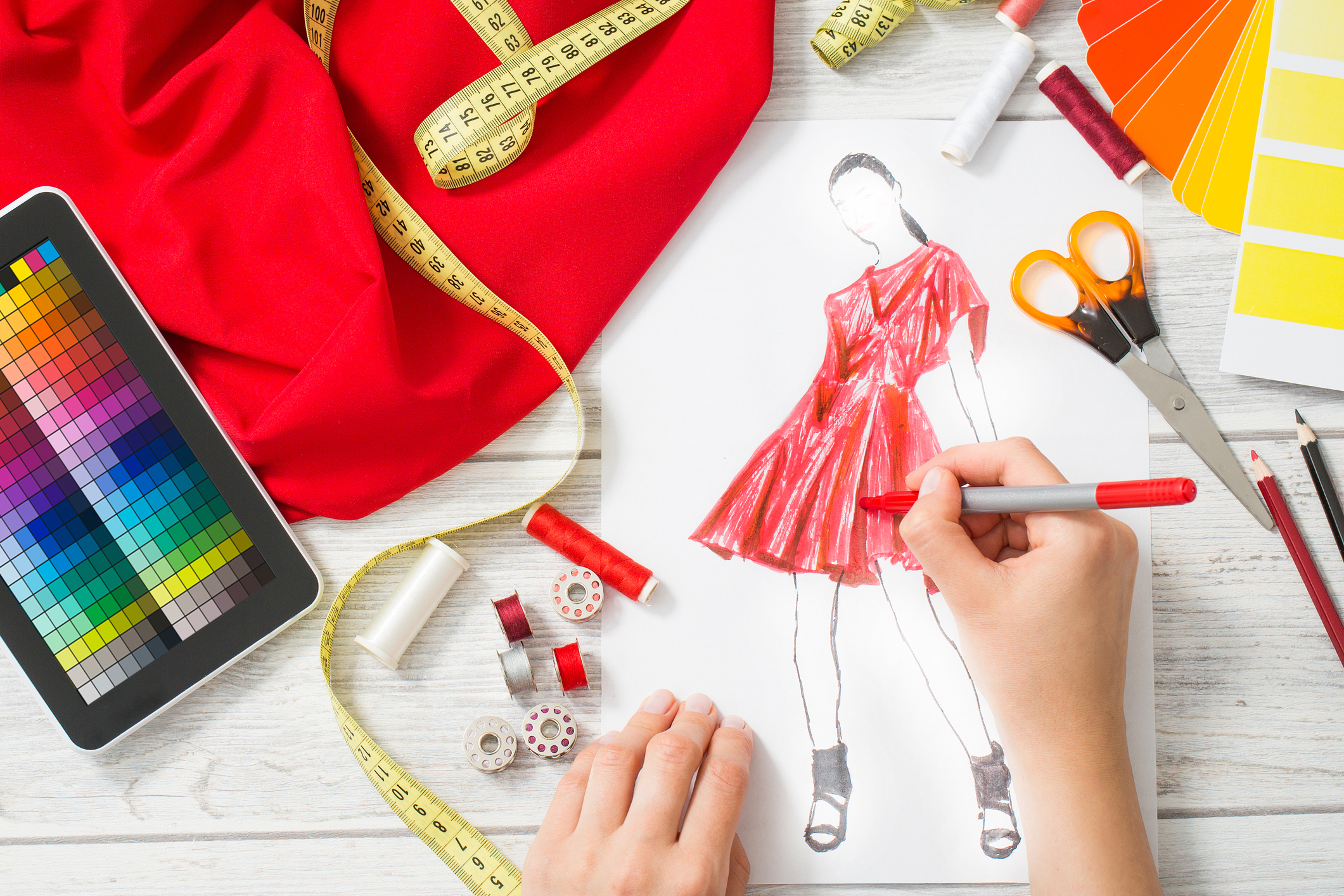Explore the world of fashion designer in this comprehensive guide. Learn about the skills, education, and career prospects for aspiring fashion designers. Discover the art of creating trends and styles that make an impact.
Introduction
The realm of fashion design is a captivating one, where creativity knows no bounds. If you’ve ever been drawn to the allure of haute couture, dreamed of sketching breathtaking garments, or fantasized about having your designs showcased on runways worldwide, this article is your gateway to the world of fashion. Whether you’re an aspiring fashionista, a curious observer, or a future trendsetter, this guide will take you through the exciting journey of becoming a fashion designer.
Table of Contents
| Table of Contents |
|---|
| 1. The Basics of Fashion Design |
| 2. Fashion Design Education |
| 3. Essential Skills for Fashion Designers |
| 4. Navigating the Fashion Industry |
| 5. Finding Your Creative Voice |
| 6. Building a Portfolio |
| 7. The Business of Fashion |
| 8. Staying Inspired and Informed |
| 9. Fashion Design FAQs |
| 10. Conclusion |
1. The Basics of Fashion Design
Fashion design is the art of creating clothing, accessories, and footwear that not only look good but also express a unique style or concept. It’s about turning fabric into a canvas for self-expression. To excel in this field, you must have an eye for aesthetics, attention to detail, and a deep understanding of fashion history and trends.
2. Fashion Design Education
Many successful fashion designers begin their journey with formal education. Enrolling in a fashion design program provides a structured curriculum to develop your skills. Consider pursuing a degree in fashion design or related fields like textiles, fashion merchandising, or fashion marketing.

3. Essential Skills for Fashion Designers
To make it as a fashion designer, you need a diverse skill set. This includes sketching, sewing, pattern-making, and fabric manipulation. Additionally, knowledge of computer-aided design (CAD) software and a keen sense of color and texture are crucial.
4. Navigating the Fashion Industry
The fashion industry is dynamic and competitive. Understanding market trends, consumer preferences, and industry dynamics is vital. Networking and internships can help you gain valuable experience and contacts.
5. Finding Your Creative Voice
Every fashion designer has a unique style. Discovering your creative voice involves experimenting, taking inspiration from diverse sources, and embracing your individuality. Your designs should tell a story and reflect your personality.
6. Building a Portfolio
A strong portfolio is your ticket to the industry. Document your best work, from sketches to finished garments. Include your design process and any noteworthy collaborations or projects you’ve been a part of.
7. The Business of Fashion
Fashion design isn’t just about aesthetics; it’s also a business. Learn about production, marketing, and retail aspects. Understanding the business side of fashion is crucial for a successful career.
8. Staying Inspired and Informed
Fashion is ever-evolving. Stay updated with the latest trends, attend fashion shows, and read fashion magazines. Inspiration can come from anywhere, so keep your eyes open.

9. Fashion Design FAQs
Q1: What are the job prospects for fashion designers?
A1: Fashion designers can work in various roles, including apparel design, accessory design, and fashion illustration. They can also find opportunities in costume design, fashion journalism, or even starting their own fashion label.
Q2: Is a formal fashion design degree necessary?
A2: While not mandatory, formal education can provide valuable skills and industry knowledge. It also helps establish credibility in a competitive field.
Q3: How can I get noticed as a new fashion designer?
A3: Networking is key. Attend industry events, showcase your work online, and consider internships or apprenticeships to gain experience.
Q4: What’s the difference between fashion design and fashion merchandising?
A4: Fashion design involves creating clothing and accessories, while fashion merchandising focuses on marketing, buying, and selling fashion products.
Q5: How can I stay inspired in my fashion design career?
A5: Travel, explore different cultures, and engage with various art forms. Inspiration often strikes when you least expect it.
Q6: What are some famous fashion designers to look up to?
A6: Renowned fashion designers include Coco Chanel, Karl Lagerfeld, Alexander McQueen, and Christian Dior, among others.
Q7: Can I start my own fashion label without much experience?
A7: While experience is valuable, some designers have successfully launched their labels with unique concepts and strong branding from the start.
Q8: Is sustainable fashion important in the industry?
A8: Yes, sustainable fashion is gaining importance. Many consumers and brands are now prioritizing eco-friendly and ethical practices.
Q9: How do I choose the right fabrics for my designs?
A9: Understand the properties of various fabrics and consider their suitability for your designs in terms of texture, drape, and durability.
Q10: What’s the future of fashion design?
A10: The future of fashion design lies in innovation, sustainability, and inclusivity. Designers who embrace these values will likely thrive in the industry.
Conclusion
Embarking on a journey to become a fashion designer is an exhilarating endeavor. It’s a fusion of creativity, skills, and determination. By mastering the basics, pursuing education, and honing your unique style, you can find your place in the dynamic world of fashion design. Stay inspired, stay informed, and remember that fashion is not just about clothing; it’s a form of self-expression that can change the world, one stitch at a time.

